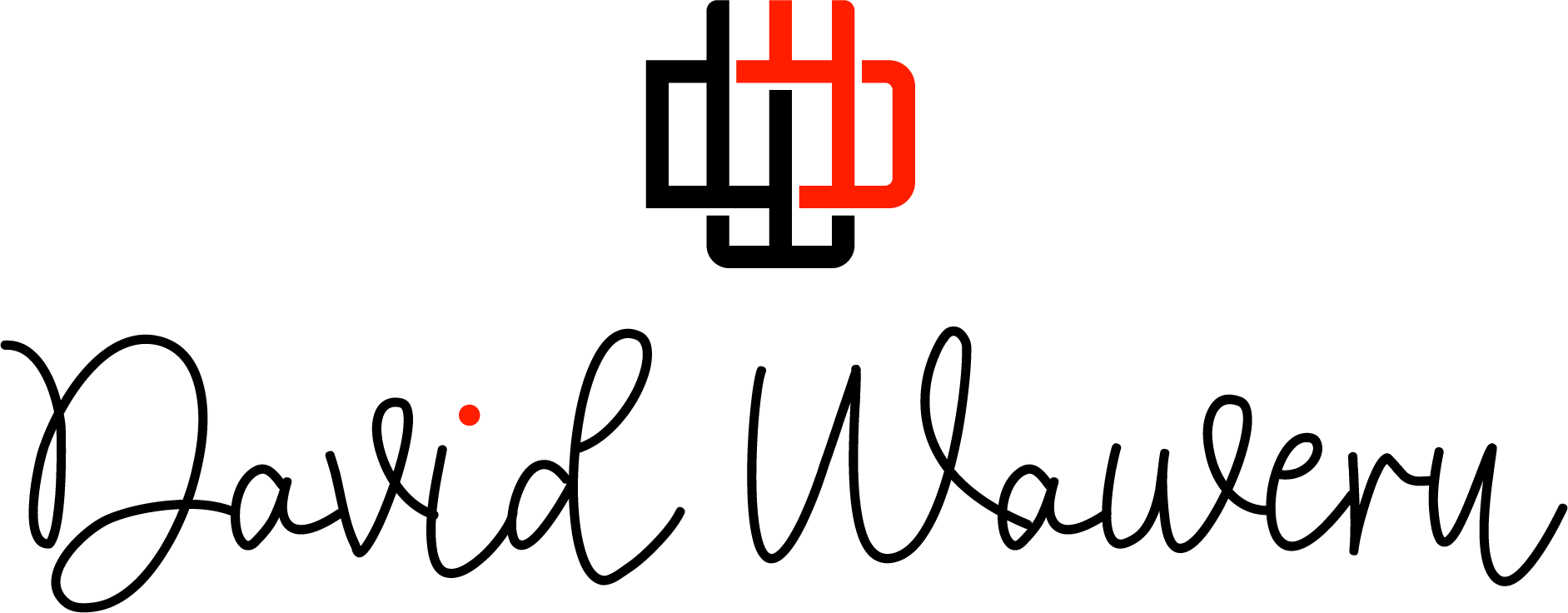“Imagination is the beginning of creation. You imagine what you desire, you will what you imagine, and at last, you create what you wish.” –George Bernard Shaw
Richard Turere.
This is the Maasai boy who burst onto the global stage with his appearance in a TED.com Talk Show back in 2013. He narrated to an elated audience the story of conflict between his community, living on the edge of the sprawling Nairobi National Park, and lions. When the lions killed his father’s bull, the only one they had, the thirteen year old boy had had enough.
Desperate for a solution, Turere tried several methods to scare the predators away. None worked. Then one pitch-dark night while out with a torch, he observed that lions are actually afraid of moving lights. He figured that this could be a solution. Through self-study of electronics, he invented the moving lights using parts he dismantled from household appliances and others he collected from the junkyard. The solar-charged “lion lights” effectively scared the lions away.
We all have some degree of creativity. However, some individuals, like young Turere, seem to have higher potential for creativity than others. What characteristics give such people more creative potential than the general population? Let’s consider four:
- Practical intelligence – Have you noticed that the people we refer to as “creative” are often those with an above-average intelligence to synthesize information, analyze ideas and apply them? If you watched the fictional detective Sherlock Holmes, then you understand what I mean. Sherlock Holmes’ success in busting cases is primarily a result of his ability to recognize the significance of small bits of information, and to connect the dots in ways that few people would.
- Persistence – Creative people tend to have a higher need for achievement, are self-confident, and are more optimistic than the general population. These traits act as motivators that propel the creatives forward in their pursuits, even in the midst of failure and resistance.
- Knowledge and experience – John Lennon. Paul McCartney. George Harrison. Ringo Starr. Yeah, you got it – these are The Beatles, the highly famous 1960s rock band. This quartet is respected for having introduced innovation into popular music more than any other band has. The Beatles spent the formative years singing and adapting other people’s music, learning the fundamentals of music. When they started producing their own songs, their creative talents soared.
- ndependence of imagination – Creative people are very independent thinkers, almost fiercely so. They are nonconformists who have very low need for social approval. Hence, they are not embarrassed when they make mistakes. Faced with criticism and failure, creative people are even more motivated to explore ideas.
Can regular folks like I prime themselves to become more creative? Can we work on our environments to set the stage for creativity? In other words, can creativity be developed and nurtured?
I wonder what would have happened to Turere’s creative muse had his surrounding environment not been supportive of his curious mind.
©2015 David Waweru





